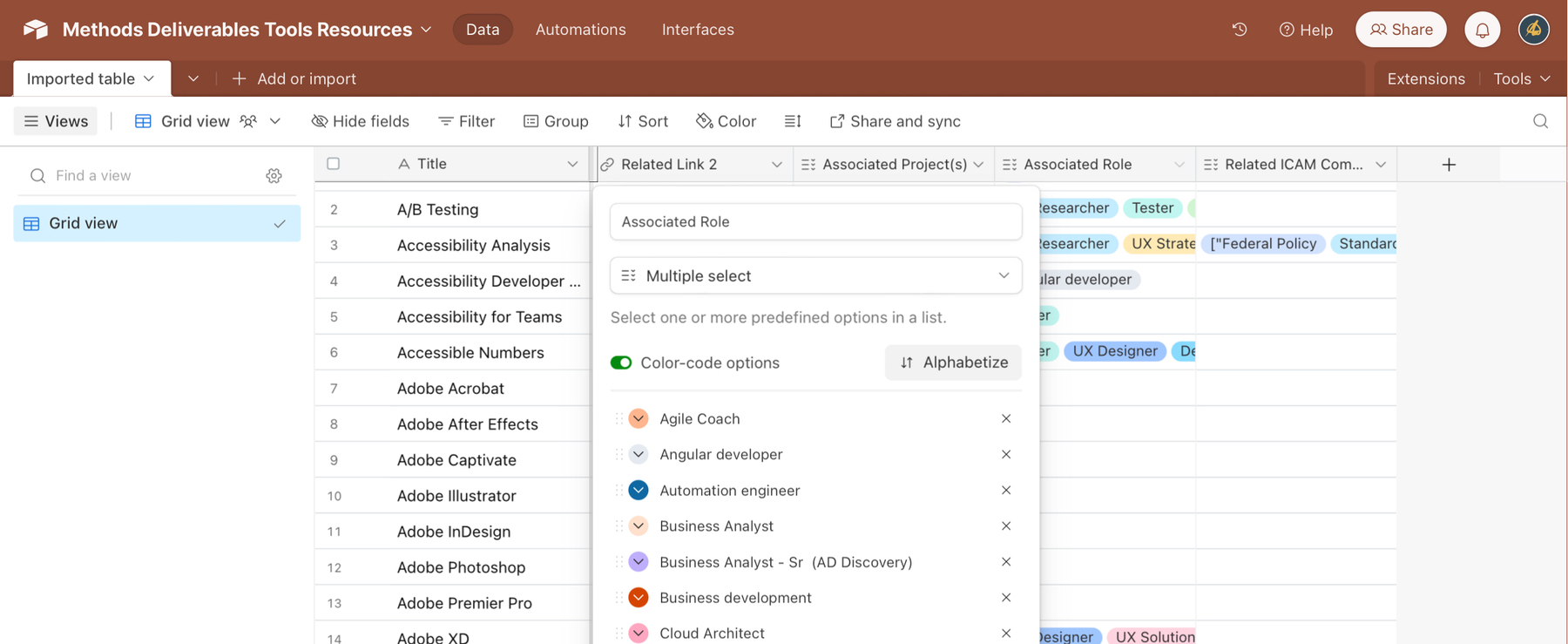Frameworks for Professional Development
Many years back, and ironically while working in a space to improve the experience in using application management tools, delivered a presentation to a few groups of recruiters, then designers, based on a rubric I’d been working on.
Beyond the Slideshow, circa 2018
After one of those presentations, felt as if that rubric became solid enough of a foundation to use in leadership roles, and with many who had a difficult time in quantifying the impact of focusing on design experience to specific persons and contexts. Each time this framework has been used, I learn a bit more about what is and isn’t able to be manipulated. Frankly speaking, you can’t even lead some horses to water - and some horses you do lead to water won’t drink unless and until certain horses do. This is ok… eh, sorta.
In a more recent application of this rubric, I’ve leaned also on some supporting documentation. One of which being professional ladders (branches). Many orgs use these as a means to predictively communicate and measure personnel development against and alongside business objectives. However, many who wield these ladders have little experience or knowledge across all of the roles and behaviors. A secondary artifact (Methods, Deliverables, Tools, and Resources), I’d developed to improve this capability… to varying degrees of success itself. And this too is fine, curiosity and learning come in a different bandwidth weights to individuals and teams.
That said, am always excited when companies share what they’ve built in terms of these rubrics or frameworks. It takes courage to move personnel management from a corporate risk measure to a business validation one. When an org is able to make such a commitment, you can be assured they have some clarity of direction for various winds of change. And quite possibly, a handle on what disruptions they can withstand, versus those they cannot.
This Product Designer Job Ladder shared by Intercom is amazing for its depth. As a template, many orgs could use it to bolster their team’s abilities to communicate capability and opportunity.
